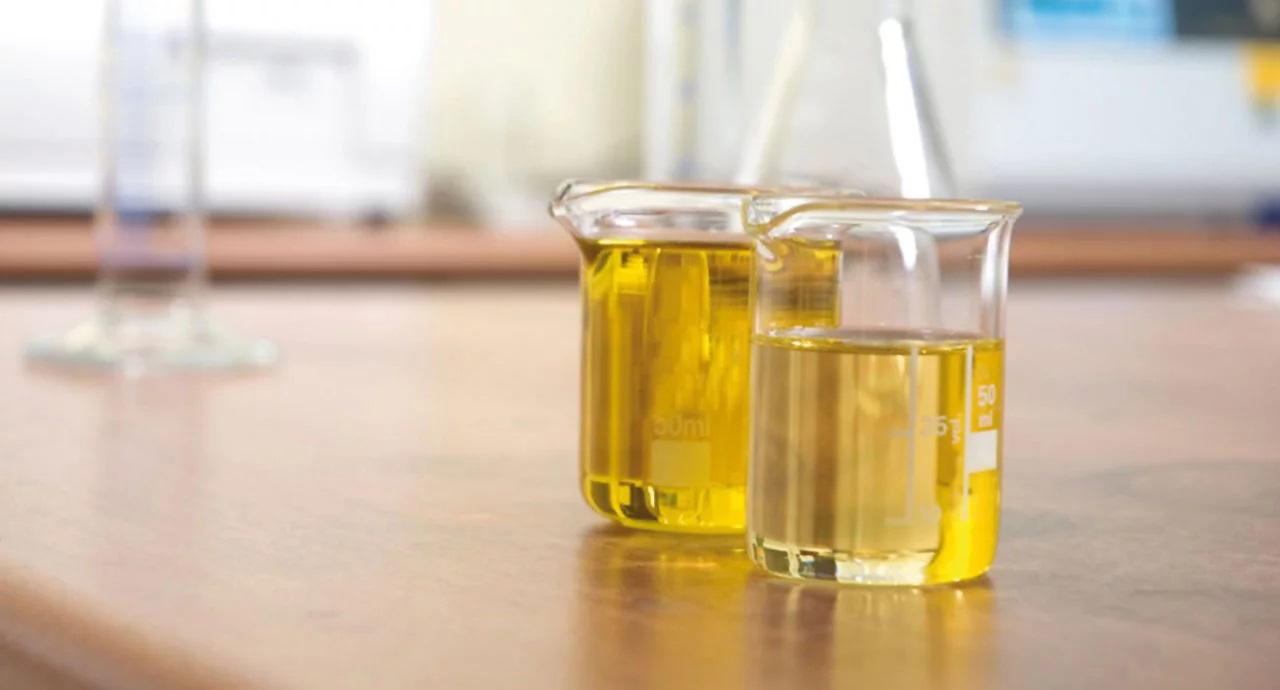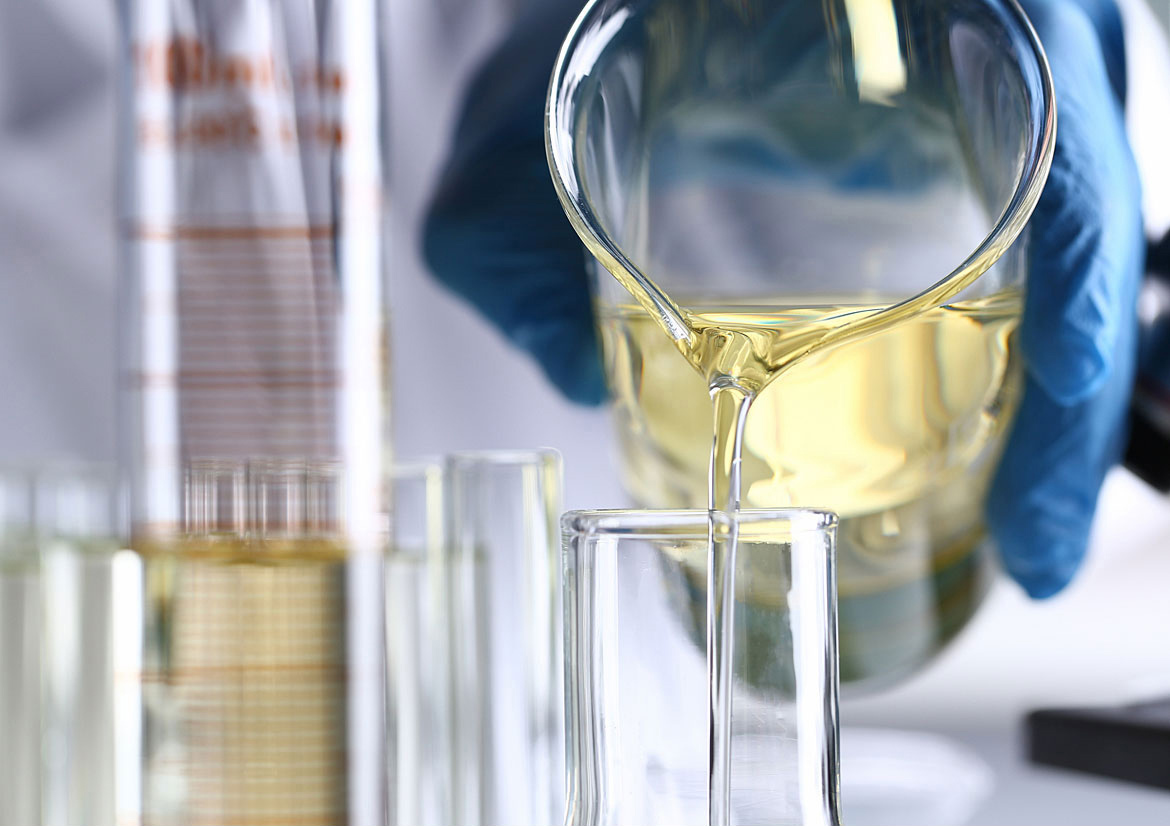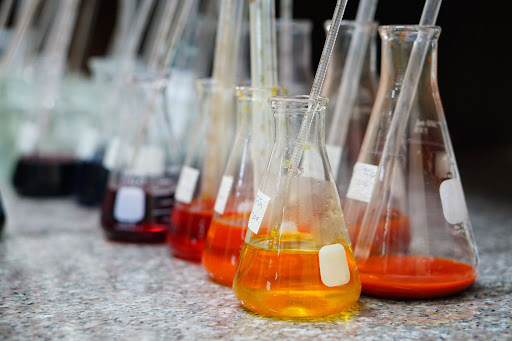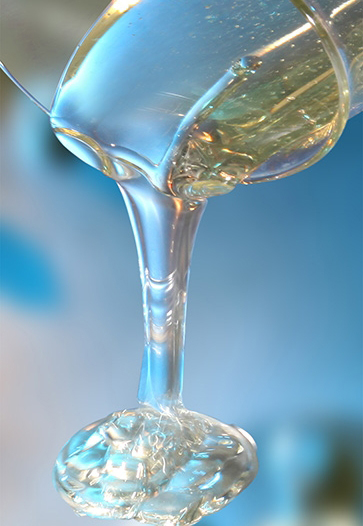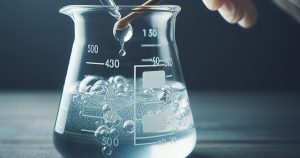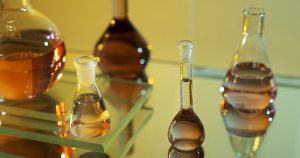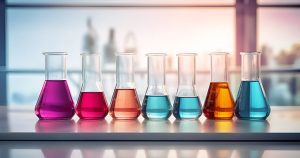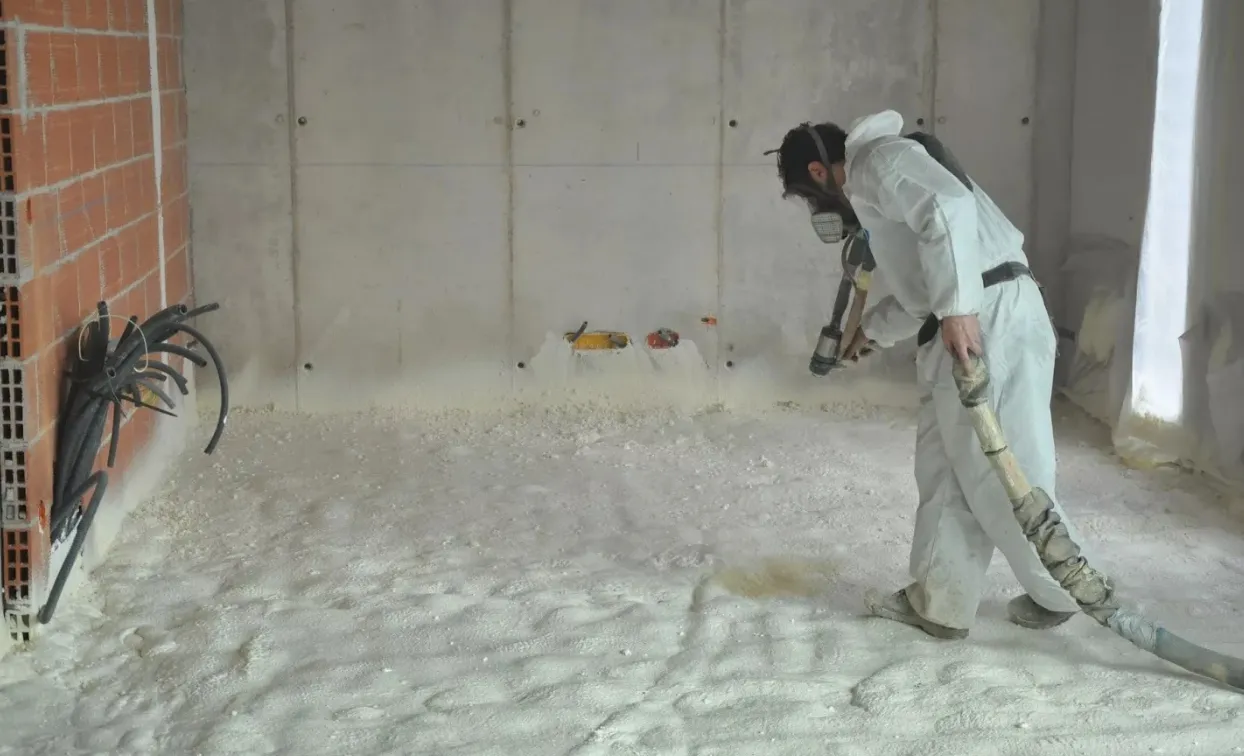
Polyols
Raw materials and additives of polyurethane systems
While isocyanates play a decisive role in polyurethane production, polyols (substances with hydroxyl groups) significantly influence the final properties of polyurethanes. It can be said that the physical, chemical, and mechanical properties of polyurethanes are directly dependent on the chemical structure of the polyols used in their production. Molecular weight, functionality (number of functional groups), and the nature of the polyol affect polyurethane properties. The most common polyols used in polyurethane production are polyether and polyester polyols, followed by amine-terminated polyether polyols and, to a lesser extent, polycaprolactone polyols. Initially, only polyester polyols were available in the polyurethane industry due to the superior properties of polyurethanes produced with them, such as better heat resistance and higher solvent resistance compared to polyether polyurethanes.
Product codes
Related industries
Imen Polymer Chemie
Some of our latest

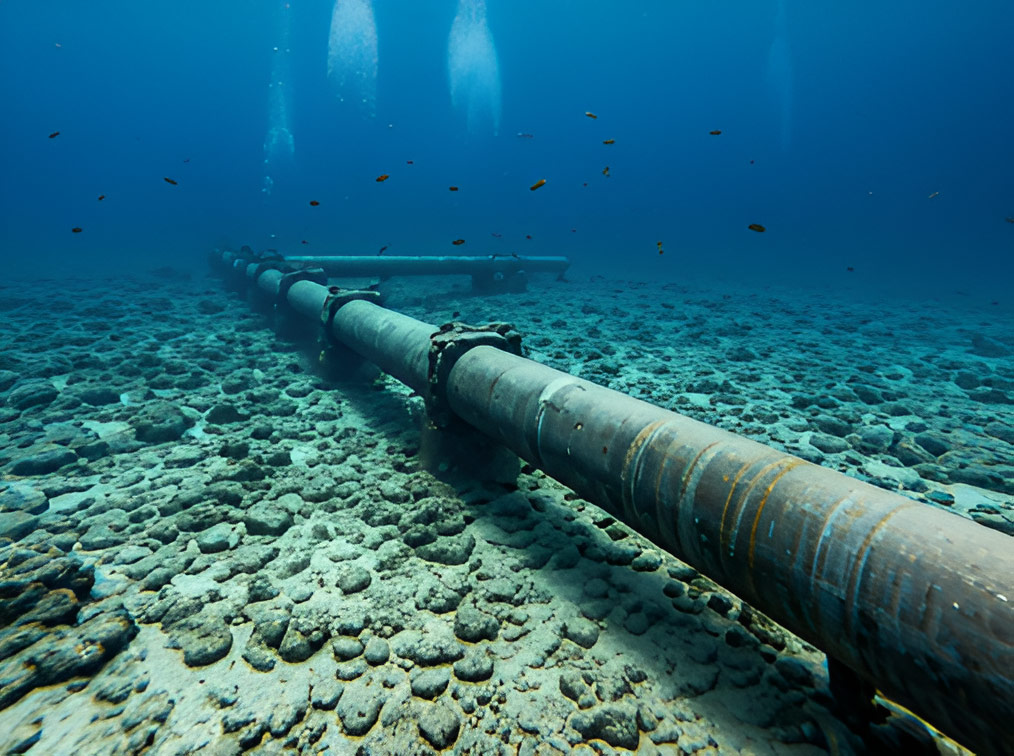
Subsea pipeline insulation
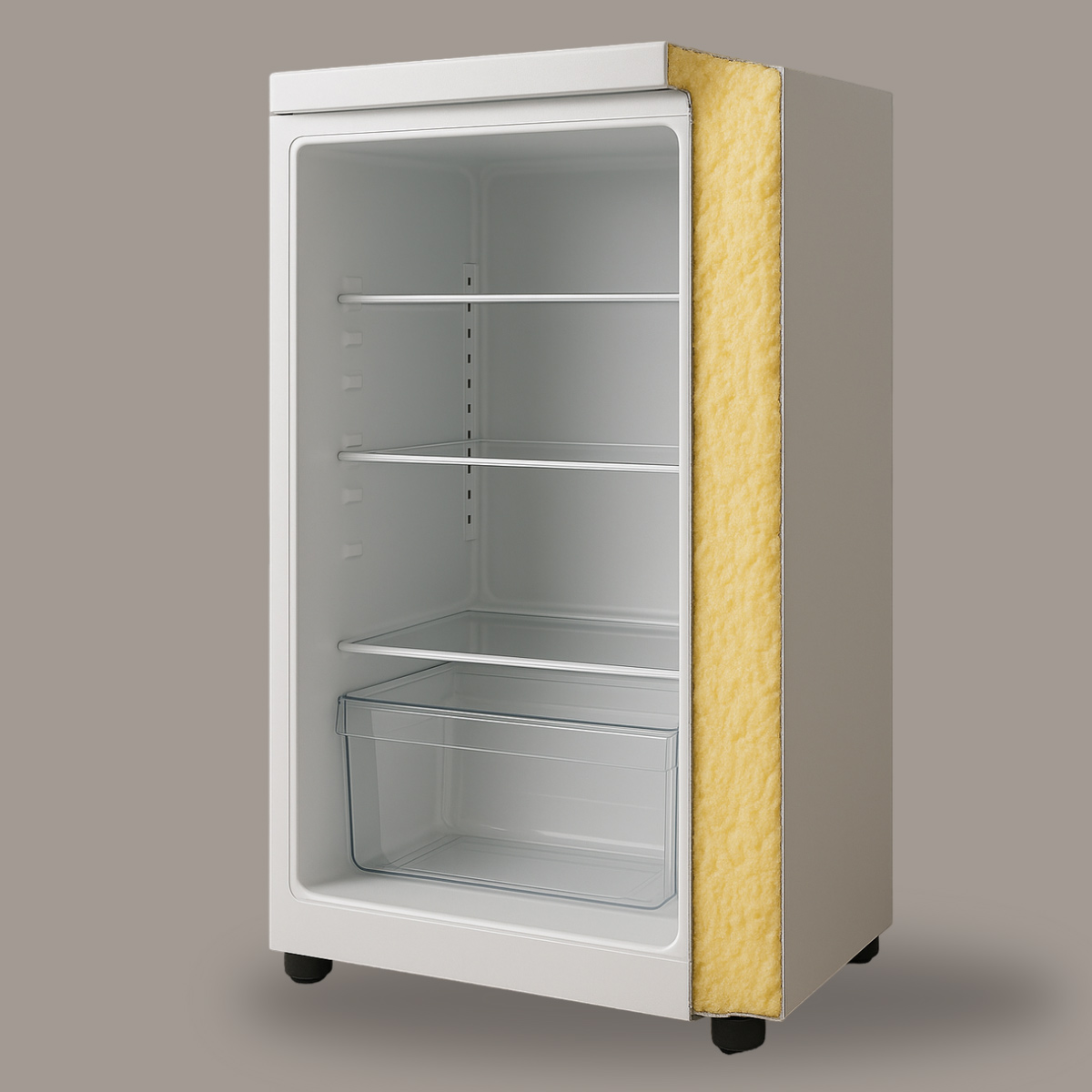
Optimizing electricity consumption in refrigerators with polyurethane insulation
After-sales services
We never leave you
on your own afterwards either
What is Polyol?
Polyols are chemical compounds with multiple hydroxyl (-OH) groups in their molecular structure. These compounds are used as raw materials in the production of various polymers, particularly polyurethanes. In other words, polyols are one of the primary raw materials used in the production of polyurethanes. Polyols provide softness and flexibility, while isocyanates and chain extenders with low molecular weights contribute to the hardness and rigidity of polyurethane structures. This means that depending on the type of polyol, isocyanate, and additives used, the resulting polyurethane will exhibit different properties.
Polyols can be derived from various sources, including petrochemical materials or renewable plant sources such as natural oils. Depending on their composition, polyols can either be soluble or insoluble in water and exist as viscous liquids (resins) or crystalline solids with high boiling points at room temperature.

Physical and Chemical Properties of Polyols
Polyols have diverse physical and chemical properties, which vary based on their type and structure. These properties include:
Viscosity
Polyols can range from low-viscosity liquids to solid materials.
Molecular Weight
Polyols have different molecular weights, adjusted according to specific production needs.
Chemical Stability
Some polyols exhibit good resistance to chemical reactions.
Melting and Boiling Points
The melting and boiling points of polyols vary based on their chemical structure.
Melting and Boiling Points
The melting and boiling points of polyols vary based on their chemical structure.
Color
Different polyols can have varying colors. For example, polyethylene glycols are typically colorless, while polypropylene glycols may have an amber hue.
Applications of Polyols
Polyols have extensive applications across various industries. Some of their key uses include:
Textile Industry
- Polyols are used as raw materials in producing synthetic fibers such as polyester and polyacrylic.
- They are also used in waterproof fabrics and medical equipment.
Pharmaceutical and Cosmetic Industry
- Polyethylene glycols serve as solvents, dispersants, and carriers for drugs.
- Polyols are used in creams, shampoos, and cosmetics.
Food Industry
- Polyols are used as emulsifiers, fats, and lubricants in food products.
Food Industry
- Polyols are used as emulsifiers, fats, and lubricants in food products.
5. Other Industries
- Polyols find applications in construction, automotive, electronics, and more.
Overall, due to the unique properties of polyols, such as environmental compatibility, water resistance, and physical and chemical characteristics, they are used in various industries.
Types of Polyols
In polyurethane synthesis, polyols are generally classified into two main categories: polyester polyols and polyether polyols. Each offers specific properties and applications. The choice of polyol controls crosslinking and, consequently, the flexibility of the final product. Therefore, it’s crucial to consider the molecular size, branching, and the number of active hydroxyl groups while working with these materials.
Polyols are divided into several main categories, each with its own unique properties and applications. The various types of polyols are outlined below:
Polyether Polyols
These polyols are produced by the reaction of ethylene oxide or propylene oxide with water or alcohols. They are highly flexible and resistant to moisture, making them useful in the production of both flexible and rigid foams. Polyether polyols are an important category, and some of the most notable ones include:
Polyethylene Glycol (PEG)
- The most prominent polyether polyol.
- Widely used in the pharmaceutical, cosmetic, and food industries due to its hydrophilic properties and biocompatibility.
- Available in various molecular weights.
Polypropylene Glycol (PPG)
- Has a structure similar to PEG but with a different carbon chain.
- Its hydrophobic properties make it useful in textiles, cosmetics, and personal care products.
Polytetrahydrofuran (PTHF)
- Also known as polytetramethylene ether.
- It has excellent physical and mechanical properties and is used in the production of plastics and elastomers.
Polyethylene Oxide (PEO)
- A polyether polyol that dissolves in water and aqueous solutions.
- Used in pharmaceuticals, adhesives, and polymer coatings.
These polyether polyols have diverse properties due to their chemical structure, offering broad applications across various industries.
Polyester Polyols
Produced from the polymerization of acrylic monomers, these polyols are resistant to UV radiation and environmental factors, making them suitable for protective coatings and paints. Some of the important polyacrylic polyols include:
Polymethyl Methacrylate (PMMA)
- The most prominent polyacrylic polyol.
- Known for its transparency and UV resistance, it is used in the production of polymeric glass and optical lenses.
- It is also used in automotive parts and architectural elements.
Polyacrylonitrile (PAN)
- Due to its high strength and resistance to heat and chemicals, it is used in fiber production.
- It is applied in the textile and composite industries.
Polyacrylate (PAA)
- Soluble in water, it is used in the paint and detergent industries.
- It is also applied in the oil and gas industries.
Polyhydroxyethyl Methacrylate (PHEMA)
- Due to its hydrophilic properties, it is used in the production of contact lenses and medical devices.
With their versatile properties, polyacrylic polyols play an important role in industries like optics, textiles, medicine, and chemicals.
Polybutadiene Polyols
Produced by the polymerization of butadiene, these polyols are flexible and highly resistant to abrasion, making them suitable for the production of rubber and elastomers. Some important polybutadiene polyols include:
Polybutadiene (PB)
- A non-polar polyol with a saturated chemical chain.
- Its flexibility and abrasion resistance make it useful in tire and rubber production.
- It is also used in automotive parts and coatings.
Polychloroprene (CR)
- A type of polybutadiene where some hydrogen atoms are replaced by chlorine atoms.
- It is resistant to water, oils, weather conditions, and chemicals, making it useful in the production of durable rubbers and seals.
Polyisoprene (IR)
- A natural polyol extracted from tree sap.
- Similar to polybutadiene, it is used in rubber and related products.
Due to their unique properties, polybutadiene polyols play a vital role in industries such as automotive, construction, and insulation.
Advantages and Disadvantages of Polyols
Polyols have specific advantages and disadvantages that vary depending on their type and application. Here are the main pros and cons of polyols:
Advantages
Versatility
Polyols can be chemically modified to suit various physical and chemical properties.
Flexibility
Polyether polyols are highly flexible.
Chemical Resistance
Polyester polyols have high chemical resistance.
Weather Resistance
Polyacrylic polyols resist UV rays and environmental conditions.
Due to their unique properties, polybutadiene polyols play a vital role in industries such as automotive, construction, and insulation.
Disadvantages
Moisture Sensitivity
Some polyols, like polyester polyols, are moisture-sensitive and may degrade in the presence of water.
Production Costs
Some types of polyols are expensive to produce.
Environmental Concerns
Industrial polyols may be slow to degrade and contribute to environmental pollution. In other words, many polyols, especially industrial polyols, have limited biodegradability and contribute to environmental pollution.
Environmental Concerns
Industrial polyols may be slow to degrade and contribute to environmental pollution. In other words, many polyols, especially industrial polyols, have limited biodegradability and contribute to environmental pollution.
Allergenicity
Polyols may cause problems for individuals with skin or respiratory sensitivities.
Flammability
Due to their carbon-based components, some polyols can be highly flammable.
Therefore, the use of polyols should consider their specific properties and intended applications to maximize benefits and minimize drawbacks and risks.
A Look at Lesser-Known Aspects of Polyols
Here are some lesser-known aspects of polyols:
Thermal Stability
- Polyols generally exhibit good resistance to heat and can be used at high temperatures.
- Their thermal tolerance depends on the type of polyol and the additives used.
Electrical Properties
- Some polyols, such as polyethylene glycol, have desirable electrical insulating properties.
- This characteristic makes them useful in electronic industries.
Biological Properties
- Bio-based polyols, such as polyethylene glycol and biodegradable polyols, have applications in medicine and biology.
- They are used in drug development, artificial cells, and biomedical materials.
Biological Properties
- Bio-based polyols, such as polyethylene glycol and biodegradable polyols, have applications in medicine and biology.
- They are used in drug development, artificial cells, and biomedical materials.
Environmental Impact
- Some biodegradable polyols can serve as alternatives to polluting plastics.
- This aspect of polyols aligns with sustainable development efforts.
Understanding these lesser-known aspects of polyols opens up new and more comprehensive applications for these materials.
Imen Polymer Chemie: A Leader in Innovation and Sustainability in the Polymer Industry
Imen Polymer Chemie Co., a leader in the polyurethane industry, utilizes advanced technologies and a specialized team to deliver high-quality and reliable products. A distinguishing feature of Imen Polymer Chemie is its focus on environmental issues and the use of high-quality raw materials. The company continuously invests in research and development to improve and innovate its products. Close relationships with customers and excellent after-sales service are additional strengths of Imen Polymer Chemie. As a result, the company is recognized not only as a supplier of high-quality formulated polyols for the production of polyurethane materials but also as a leader in creating sustainable and environmentally friendly solutions.
